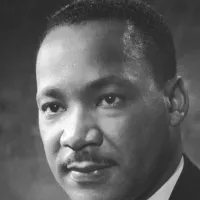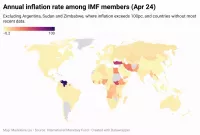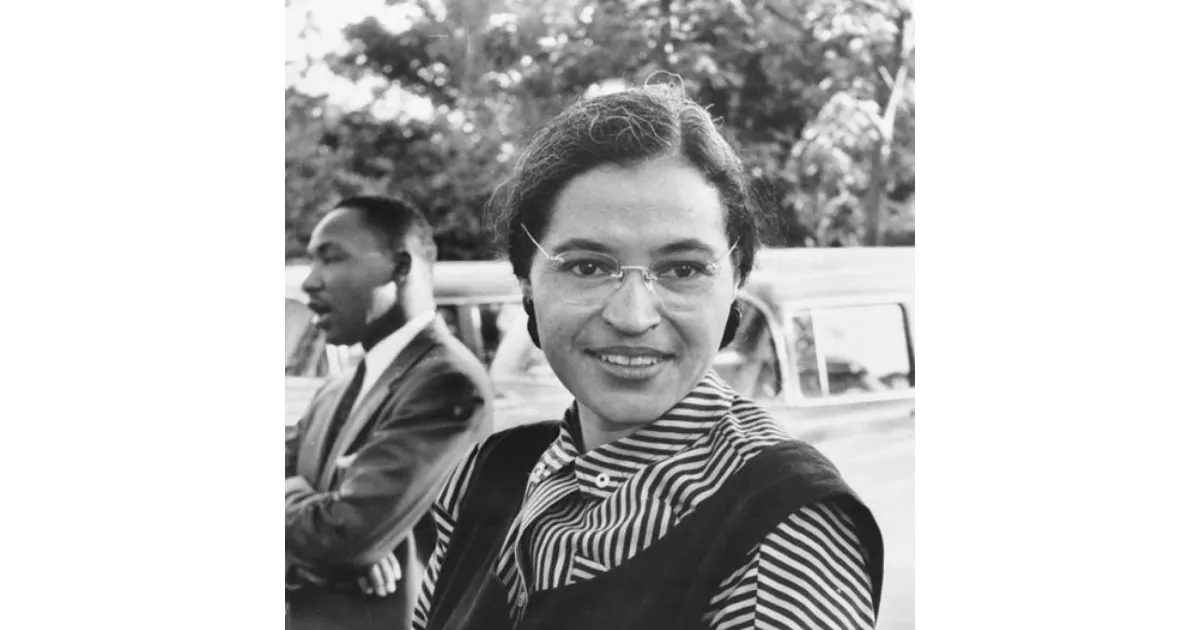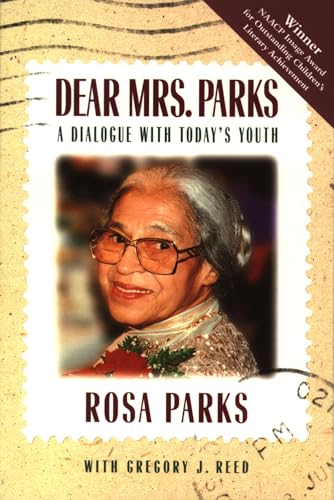From career breakthroughs to professional milestones, explore how Rosa Parks made an impact.
Rosa Parks was a pivotal figure in the American Civil Rights Movement. In 1955, her refusal to give up her seat to a white passenger on a segregated bus in Montgomery, Alabama, led to her arrest and sparked the Montgomery Bus Boycott. This boycott, a major event in the Civil Rights Movement, lasted over a year and ultimately led to the Supreme Court ruling that segregation on buses was unconstitutional. Parks' courageous act and subsequent activism made her an icon and earned her the title of 'mother of the civil rights movement'.
1902: Boycotts Against Segregated Streetcars
Between 1900 and 1902, Montgomery's Black residents conducted boycotts against segregated streetcars, coinciding with similar protests in other southern cities.
1940: Black Voter Registration Statistics
As of 1940, less than 0.1% of Black Montgomerians were registered to vote, which shows the restrictions and obstacles faced by the African Americans.
1941: Worked at Maxwell Air Force Base
In 1941, Rosa Parks began working at Maxwell Air Force Base, where she experienced an integrated environment, contrasting with the segregated conditions she faced elsewhere.
December 1943: Elected NAACP Secretary
In December 1943, Rosa Parks was elected secretary of the Montgomery chapter of the National Association for the Advancement of Colored People (NAACP).
1943: Joined NAACP
In 1943, Rosa Parks joined the Montgomery chapter of the National Association for the Advancement of Colored People (NAACP) and also attempted to register to vote for the first time.
1944: Investigated Recy Taylor Case
In 1944, Rosa Parks began investigating the gang rape of Recy Taylor, a Black woman from Abbeville, and organized "The Committee for Equal Justice for Mrs. Recy Taylor" after a grand jury declined to indict the perpetrators.
1945: Registered to Vote
In 1945, Rosa Parks successfully registered to vote after multiple attempts, encouraged by NAACP activist E. D. Nixon.
1945: Second Grand Jury Hearing for Recy Taylor Case
In 1945, despite pressure from civil rights activists, the state failed to secure indictments for the assailants in the Recy Taylor case after a second grand jury hearing.
1952: Organized Support for Jeremiah Reeves
In 1952, Rosa Parks organized support for Jeremiah Reeves, who was accused of raping a white woman.
1954: Worked as a Seamstress
In 1954, Rosa Parks began working as a seamstress for Clifford and Virginia Durr, a white couple, who became her friends and encouraged her activism.
August 1955: Attended Montgomery Meeting on Emmett Till Lynching
In August 1955, Rosa Parks attended a Montgomery meeting concerning the lynching of Emmett Till and was heartened by the attention the case received.
December 5, 1955: Montgomery Bus Boycott Trial and Planning
On December 5, 1955, the day of Rosa Parks's trial, the Women's Political Council (WPC) planned a one-day boycott of Montgomery buses. This was after Rosa Parks's arrest, and her subsequent consultation with her family, who approved the decision despite concerns about potential violent retaliation. Attorney Fred Gray agreed to represent Parks in court. The WPC, led by Jo Ann Robinson, produced 35,000 leaflets announcing the boycott.
1955: Refusal to Move on Bus
In 1955, Rosa Parks refused to give up her seat on a bus in Montgomery, Alabama, violating segregation laws. This action sparked the Montgomery bus boycott.
1955: Arrest and Bus Boycott
In 1955, Rosa Parks was arrested for refusing to give up her seat on a bus, leading to a widespread boycott organized by the Women's Political Council. The boycott lasted 381 days until bus segregation was deemed unconstitutional.
January 1956: Job Loss and Boycott Hardships
In January 1956, Rosa Parks was terminated from her job as a seamstress at Montgomery Fair due to her involvement in the Montgomery bus boycott. Her husband, Raymond, was also terminated from his job at Maxwell Air Force Base a week later. Additionally, the Montgomery Police Commissioner initiated a "Get Tough" policy, harassing Black pedestrians and boycott participants. Boycott organizers, including Rosa Parks, received regular death threats.
February 1956: Financial Assistance and Health Problems
In February 1956, Martin Luther King Jr. requested a disbursement of $250-$300 for Rosa Parks from the MIA relief fund due to financial hardship. The funds were authorized. Rosa Parks developed severe health problems, including chronic insomnia, stomach ulcers, and a heart condition. She traveled to Detroit, Michigan, and addressed United Auto Workers (UAW) Local 600.
December 20, 1956: Supreme Court Orders Bus Integration
On December 20, 1956, after the Supreme Court upheld the district court's ruling and rejected appeals, the integration of Montgomery's buses was ordered. As a result, Martin Luther King Jr. called off the Montgomery bus boycott, which had lasted 381 days.
October 1957: Work at Holly Tree Inn
In October 1957, Rosa Parks moved to Hampton, Virginia, for a brief period to work as a hostess at the Holly Tree Inn.
1962: SCLC Convention Attendance
In 1962, Rosa Parks attended the SCLC convention in Birmingham, Alabama.
August 1963: March on Washington Participation
In August 1963, Rosa Parks traveled to Washington, D.C. to participate in the March on Washington. She was honored alongside other prominent women in the civil rights struggle during the event's "Tribute to Women" segment.
1964: Role in John Conyers's Campaign
In 1964, Rosa Parks played a crucial role in John Conyers's congressional campaign. She persuaded Martin Luther King Jr. to endorse Conyers, boosting his profile. After Conyers was elected, he hired her as a secretary and receptionist for his congressional office in Detroit.
1965: Selma to Montgomery Marches
In 1965, Rosa Parks attended the Selma to Montgomery marches and supported the Lowndes County Freedom Organization and the Freedom Now Party.
1967: Views on Gradualism
In 1967, Rosa Parks stated in an interview that she did not believe in gradualism regarding civil rights improvements.
1968: Black Power Movement Participation
In 1968, Rosa Parks took part in the Black power movement, attending the Philadelphia Black power conference.
1972: National Black Political Convention
In 1972, Rosa Parks continued to support the Black power movement by attending the National Black Political Convention in Gary, Indiana.
July 1975: Joanne Little Defense Committee
In July 1975, Rosa Parks played a key role in the establishment of the Detroit chapter of the Joanne Little Defense Committee.
1981: Support for Arrested Activists
In 1981, Rosa Parks wrote to attorney Chokwe Lumumba in support of arrested activists from the Black Liberation Army, the May 19th Communist Organization, the RNA, and Weather Underground.
1984: Support for Jesse Jackson's Presidential Campaign
In 1984, Rosa Parks supported Jesse Jackson's presidential campaign.
1985: NAACP Detroit Chapter Election
In 1985, Rosa Parks and Joe Madison unsuccessfully ran for president and vice president of the NAACP's Detroit chapter.
1987: Co-founding the Rosa and Raymond Parks Institute for Self Development
In 1987, Rosa Parks co-founded the Rosa and Raymond Parks Institute for Self Development with Elaine Eason Steele to develop youth leaders' capabilities in advancing civil rights initiatives. The institute also offered "Pathways to Freedom" bus tours, introducing young people to important civil rights and Underground Railroad sites.
1987: Founded Rosa and Raymond Parks Institute
In 1987, Rosa Parks co-founded the Rosa and Raymond Parks Institute for Self Development with Elaine Eason Steele.
1988: Jesse Jackson's Presidential Campaign
In 1988, Rosa Parks supported Jesse Jackson's presidential campaign and spoke on his behalf at the Democratic National Convention.
1990: Speech calling for the release of Nelson Mandela
In 1990, at a Washington, D.C. gala celebrating her birthday, Rosa Parks gave a speech calling for the release of anti-apartheid activist Nelson Mandela.
1992: Authoring 'Rosa Parks: My Story'
In 1992, Rosa Parks authored the autobiographical work, 'Rosa Parks: My Story'.
1995: Participation in the Million Man March
In 1995, at the invitation of Louis Farrakhan, Rosa Parks participated in the Million Man March alongside Moore, Betty Shabazz, Dorothy Height, and Maya Angelou.
1997: Authoring 'Dear Mrs. Parks'
In 1997, Rosa Parks authored the autobiographical work, 'Dear Mrs. Parks'.
2001: Signing open letter against military response after September 11 attacks
In 2001, following the September 11 attacks, Rosa Parks joined Danny Glover, Harry Belafonte, and Gloria Steinem in signing an open letter that cautioned against a "military response" and advocated for international collaboration.
Mentioned in this timeline

Nicki Minaj born Onika Tanya Maraj-Petty is a highly influential...

Martin Luther King Jr was a pivotal leader in the...
Barbie is a fashion doll created by Ruth Handler and...
Germany officially the Federal Republic of Germany is a Western...

Inflation in economics signifies an increase in the average price...
Virginia officially the Commonwealth of Virginia is a state located...
Trending
4 months ago Fenerbahçe seeks advantage against 'Flying Dutchman,' Azeri TV cheers, stands with Palestine.
8 months ago Bucknell Sued After Hazing Allegedly Leads to Freshman Football Player's Death
29 days ago OpenAI's GPT-5.1: Smarter, Conversational ChatGPT with New Personalities and Improved Speed.

4 months ago Ranger Suárez's Future: Predictions of Departure and Potential $115 Million Contract.
6 months ago Dodgers Defeat Padres: Smith's Walk-Off Homer Secures Victory in Historic Game

Joy-Ann Reid is an American political commentator and television host known for her work on MSNBC She is best known...
Popular

Candace Owens is an American conservative political commentator and author...

Ilhan Omar is an American politician currently serving as the...
Matt and Ross Duffer known as the Duffer Brothers are...

XXXTentacion born Jahseh Dwayne Ricardo Onfroy was a controversial yet...

Tom Cotton is an American politician and Army veteran currently...
The Kennedy Center Honors are annual awards recognizing individuals and...


